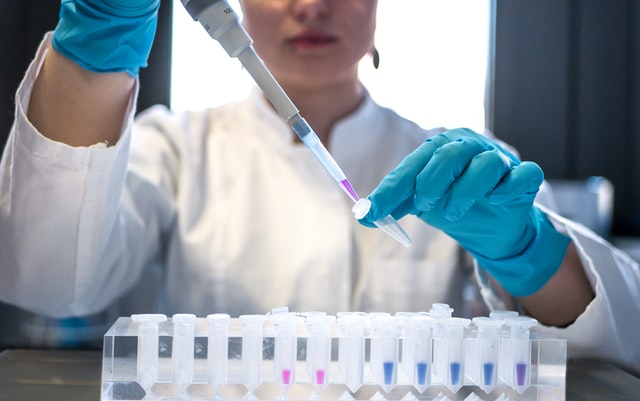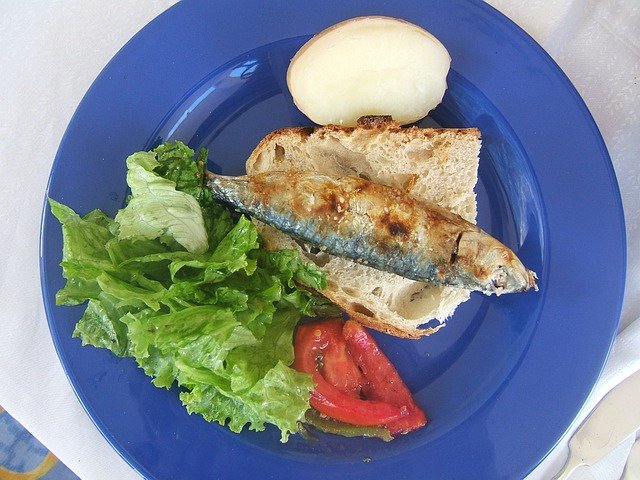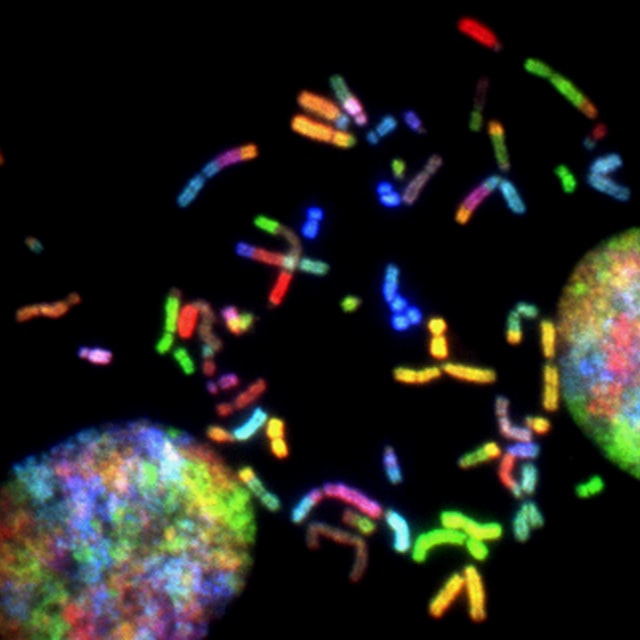
LET’S BEGIN!
If there is one thing we have done since our conception and will continue to do until our very last day, it is to feed ourselves. Therefore, during our lives, we are permanently exposed to nutrition (Meiliana & Wijaya, 2020).
GENES AND NUTRITION
Over time, the relationship between diet and health has aroused great interest since adequate nutrition can prevent and treat several diseases. We know that general macronutrient and micronutrient recommendations do not equally affect all individuals because diet is an important environmental factor that interacts with genes (Peña-Romero et al., 2018).
Thence, the goal of nutrigenetics/nutrigenomics is to investigate the impact of diet and nutrition on gene expression.
Currently, new areas of research are emerging in this discipline as it is increasingly evident that:
- Damage to the genome is the most fundamental disease.
- The risk of developmental and degenerative diseases increases with DNA damage, which depends on nutritional status.
- The optimal dietary intake and amount of micronutrients in the body tissues for preventing genome damage depends on genetic factors, which alter the function of genes involved in the uptake and metabolism of micronutrients and those genes necessary for DNA repair and replication.

Developing dietary patterns, functional foods and supplements -designed to improve genome health maintenance in humans with specific genetic backgrounds- may contribute to a new optimal health strategy based on individualized nutritional diagnosis and prevention (Fenech, 2014).
According to the World Health Organisation, more than 40 million people die yearly from non-communicable diseases (NCDs, such as cancer, cardiovascular disease, type II diabetes, or obesity), which often have a chronic duration and reflect lifestyle choices. Although nutrigenetics/nutrigenomics holds promise for preventing and even treating these NCDs, there are several challenges and limitations facing its implementation in both biomedical research and clinical practice (Marcum, 2020):
- control de la ingesta dietètica dels participants d’assajos clínics
- l’estandardització de la metodologia
- reptes ètics, legals i socials: la seguretat de la informació nutrigenòmica i el desenvolupament d’una distribució equitativa dels recursos dietètics
- monitoring the dietary intake of clinical trial participants
- standardisation of methodology
- ethical, legal and social challenges: the security of nutrigenomic information and the development of an equitable distribution of dietary resources.
We will now present two cases close to our hearts: the Mediterranean diet and vitamin D.
THE CASE OF THE MEDITERRANEAN DIET
For now, results from studies of gene-diet interactions in the Mediterranean dietary pattern are still scarce, so more research is needed. However, the work by Corella and collaborators (2018, in Spanish) delves into this question.
Despite its heterogeneity, we can characterise the Mediterranean by the following consumption patterns:
- A high percentage of vegetables, fruit, cereals, pulses, and nuts.
- A relatively high amount of unsaturated fats, mainly olive oil.
- Moderate to high consumption of fish
- Poultry and dairy products in moderate amounts
- A low amount of red meat and other meat products *Carnis derivatives
- Moderate consumption of alcohol, mainly red wine.

Studies confirm that this diet interacts with the genome, reducing the risk of disease in genetically susceptible individuals, thus providing a protective effect. For this reason, and despite the complexity due to the existence of many influential factors, it is vital to know in more detail what these genes are and how they are modulated.
Through the development of indices or scales by researchers, it has been possible to measure adherence to this dietary pattern. Having information on whether a person follows this diet more or less allows specialists to examine the effects of the Mediterranean diet on different genetic variants that may have a greater or lesser protective effect against diseases such as cardiovascular, neurodegenerative, obesity, diabetes, certain types of cancer, or metabolic alterations of lipids (fats).
Considered among the principal genes related to common obesity, FTO and MC4R genes are usually studied.
On the other hand, we also know that this influence of nutrition is not only on health-disease phenotypes but also on the perception of smell and taste, thus contributing to the enjoyment of food.
THE CASE OF VITAMIN D
We have always heard the saying: you need to sunbathe more because you are too pale and likely lacking in vitamin D! This is because the energy of UV radiation triggers a chain of reactions that stimulates vitamin D endogenous production.
On a physiological level, vitamin D supports bone mineralisation by controlling calcium homeostasis (the proper balance in the amount of calcium in cells). This vitamin and its metabolites -molecules that act together in metabolic pathways- belong to a collection of dietary compounds affecting gene regulation. Since calcium connects cellular metabolism with the immune system, vitamin D nutrigenomics has a physiological and clinical impact (Carlberg, 2019).
Personalised nutrition, such as personalised vitamin D supplementation, will contribute to well-being maintenance and the prevention of age- and lifestyle-related diseases, in particular, those related to chronic inflammation (Carlberg, 2019).

Source: Gaceta Médica.
HERE IS A GLOSSARY:
- Genetics: The science that studies genes and heredity.
- Gene: Unit of information storage and heredity. Participates in transmitting information to the offspring, either on the organism’s development (e.g., development of the spine in the foetus) or the maintenance of its normal physiological functions (e.g., the heartbeat).
- Genome: The collection of genes. More specifically, the genetic material that provides information on when and how genetic instructions are to be used. Thus, the genome is a set of genetic information contained in every cell or organism. The subcollection of genes contained in DNA that determine the specific characteristics of an organism is the genotype.

Source: National Cancer Institute, 2019.
- Phenotype: The expression of the genotype as modulated by its interactions with the environment. It consists in the organism’s actual characteristics of appearance or physiology (e.g. height).
Phenotype = genotype + environmental factors
- Heritability: A descriptive statistic used in genetic studies to determine the proportion of phenotypic variance due to genetic variation in the population. In other words, from 0 to 1, how much has genetics contributed, on average, to my height?
- Environmental factor: An external element that can modulate the phenotype. How much has my height been influenced by my diet or other day-to-day activities?
- Nutrigenetics: A discipline that focuses on the responses of different genes to nutrients and dietary factors. How differently might my height-modulating genes respond?
The latter two terms are often used interchangeably, not only within the public literature but also within the professional nutrition and health literature.

